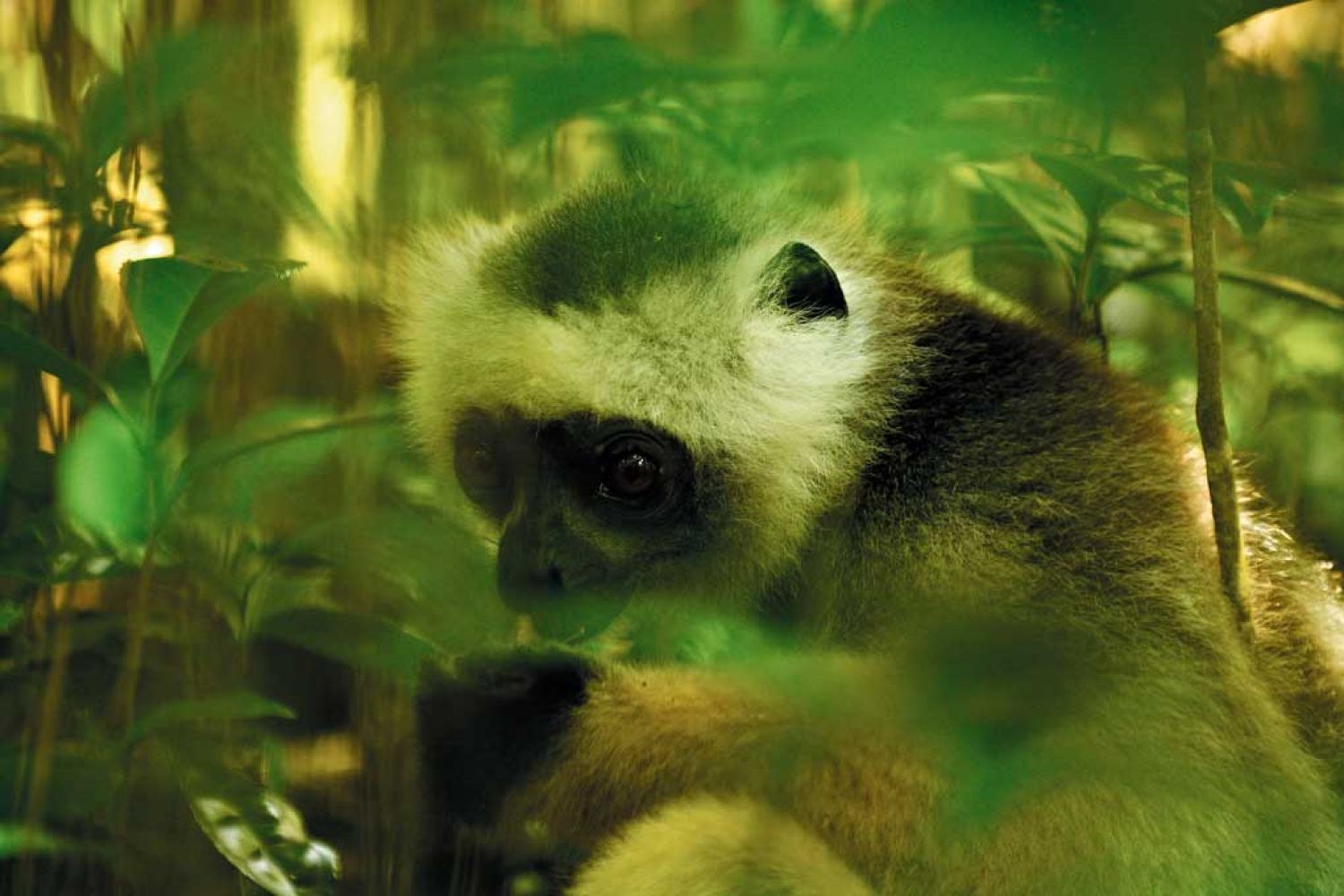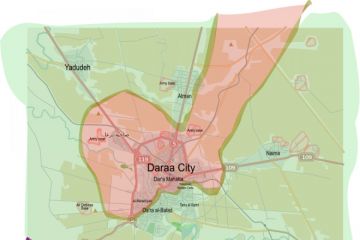
Dawn breaks like a sliver of crimson on the horizon over the
land we leave behind, as we cross the Indian Ocean into the dark skies over
Africa. As night sky pales to a clean blue, we see vast lands below shrouded by
white clouds. In the distance, south of Nairobi, Kenya, a great mountain rises.
After a brief transit at Nairobi airport, we fly across the ocean again, past
the islands of Zanzibar and the Comoros, into the world’s fourth largest
island, Madagascar, the land of the leaping l





